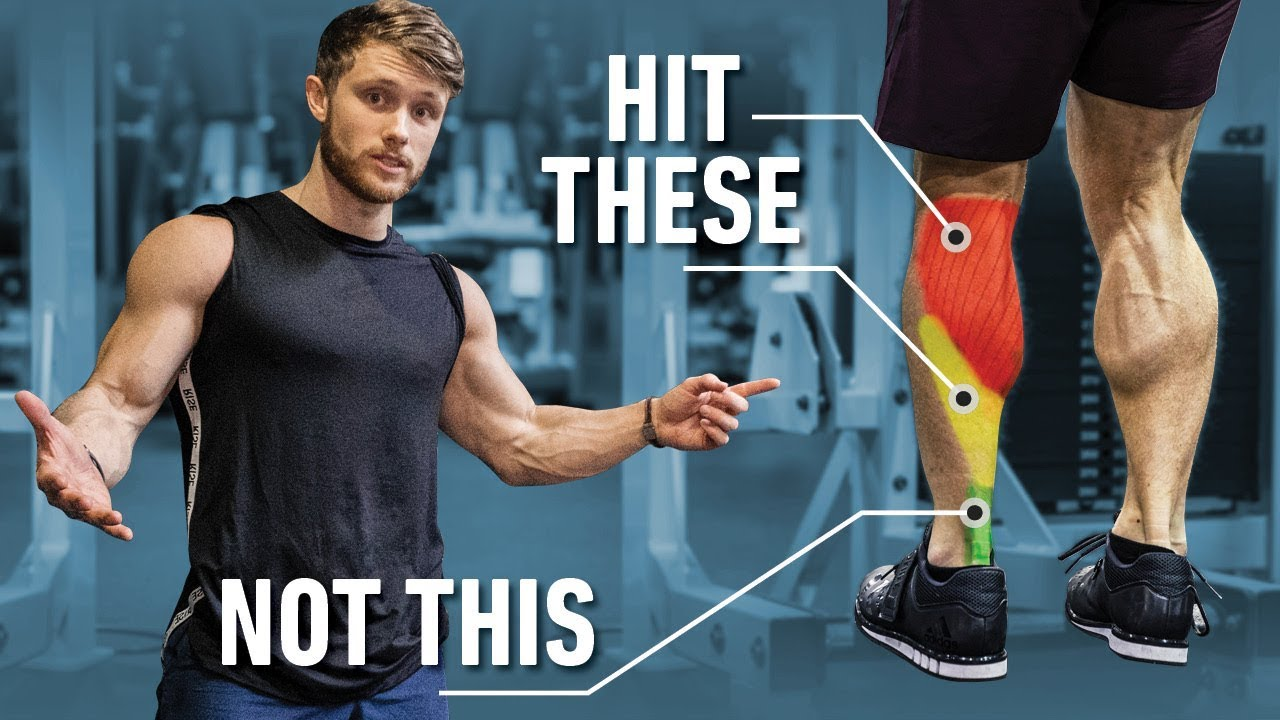The front squat is one of the most effective exercises for developing lower body strength, improving posture, and building overall squat performance. While many lifters rely primarily on the back squat, the front squat offers unique benefits—especially for athletes and bodybuilders who want to target their quads and strengthen their upper back.
In this detailed guide, we’ll break down the biomechanics of the front squat, explain its advantages over the back squat, and provide step-by-step instructions to help you perfect your technique.

Front Squat vs. Back Squat: Key Biomechanical Differences
Both squat variations train knee extension (powered by the quadriceps) and hip extension (driven by the glutes). However, the position of the barbell dramatically changes the mechanics of the movement.
Bar Path and Posture
- In both squats, the barbell must remain balanced over the midfoot to keep you stable.
- With the front squat, the bar is positioned across the front of the shoulders, forcing you to maintain a more upright torso.
- In contrast, the back squat allows a slight forward lean, which shifts more load to the hips and posterior chain.
This upright position in the front squat increases demand on:
- Quads—due to greater forward knee travel.
- Upper back muscles—particularly the traps and rhomboids, which must work hard to keep the chest lifted.
Most lifters fail a front squat because their upper back rounds, not because their legs give out. While this may sound like a limitation, it actually makes the front squat an excellent accessory movement for improving overall squat strength.
Why the Front Squat Is Worth Including in Your Training
Research from 2015 (Contreras et al.) showed that front squats activate similar muscle groups as back squats but require lighter loads to achieve comparable muscle growth. This means you can stimulate hypertrophy effectively while placing less stress on your spine and joints.

Benefits of the Front Squat
- Improved Quad Development – The upright torso and forward knee travel emphasize the quadriceps more than the back squat.
- Upper Back Strength – Maintaining an elevated chest trains the traps and spinal erectors, improving posture and stability.
- Carryover to Back Squat Strength – Strengthening your upper back and core can help you stay upright in heavy back squats.
- Lower Spinal Loading – Because you lift lighter weights compared to the back squat, there is less compressive stress on the lumbar spine.
- Better Mobility – The front squat promotes improved ankle, hip, and thoracic mobility over time.
If your goal is hypertrophy, aim for 6–8 reps per set with moderate to heavy weight. Using very high reps can lead to cardiovascular fatigue before muscular failure, while excessively heavy loads often compromise form.
Choosing the Right Grip: Olympic, Strap, or Crossed-Arms
Your grip and rack position can make or break your front squat technique. Here are three common options:
1. Olympic Grip (Recommended)
- Bar Placement: Rest the bar across the front delts, close to the base of the neck. If the bar lightly touches your throat, it’s likely in the correct position.
- Hand Position: Hold the bar with only your first two or three fingers, elbows lifted until your upper arms are parallel to the ground.
- Advantages: Most stable and secure; ideal for long-term progression.
- Limitation: Requires good wrist and shoulder mobility.
2. Strap Technique
- Attach lifting straps to the bar and hold the ends while keeping elbows high.
- Useful for those with limited mobility, but should be a temporary solution while working on flexibility.
3. Crossed-Arms Grip
- Cross your arms over the bar, holding it against the shoulders.
- Easier for beginners, but stability is reduced, and it’s harder to keep elbows high as fatigue sets in.
If mobility limits you, include wrist and shoulder mobility drills in your warm-ups. Over time, transition to the Olympic grip for the best results.
Step-by-Step Front Squat Technique
Follow these cues to ensure proper form:
1. Setup
- Position the bar in your chosen rack position with elbows high.
- Unrack the bar by driving your hips forward.
- Take 2–3 controlled steps back and set your feet shoulder-width apart or slightly wider, toes angled 15–30 degrees outward.
2. Bracing and Descent
- Take a deep breath into your diaphragm to create intra-abdominal pressure.
- Keep your chest lifted and upper back tight by driving your elbows upward.
- Initiate the squat by bending both knees and hips at the same time—think “sit straight down,” not back.
- Push your knees outward, tracking in line with your toes.
3. Depth and Ascent
- Descend until your thighs are at least parallel to the floor—front squats generally allow deeper range of motion than back squats.
- Avoid pausing at the bottom; use the stretch reflex to rebound out of the hole.
- Press evenly through your big toe, pinky toe, and heel while driving your chest and elbows upward.
- If you hit a sticking point, focus on pushing your hips forward and keeping your elbows high.

Common Front Squat Mistakes and Fixes
1. Dropping Elbows
- Problem: As fatigue sets in, elbows tend to fall, causing the upper back to round and the bar to roll forward.
- Fix: Keep your gaze forward or slightly upward and consciously drive elbows high throughout the set.
2. Heels Lifting Off the Ground
- Problem: Usually caused by poor ankle mobility or leaning forward.
- Fix:
- Improve ankle flexibility with calf stretches and foam rolling.
- Consider using weightlifting shoes with elevated heels to improve stability.
3. Sitting Too Far Back
- Problem: Treating the front squat like a back squat shifts weight away from the quads and can throw you off balance.
- Fix: Think about sitting down, not back, and allow knees to travel forward.
4. Lack of Depth
- Problem: Stopping short reduces muscle activation, especially in the quads.
- Fix: Work on hip and ankle mobility, and adjust foot stance slightly wider if necessary.
Alternative Exercises If You Can’t Front Squat
While nothing fully replicates the unique benefits of the front squat, these alternatives can provide similar quad emphasis:
- Machine Hack Squat – Great for hypertrophy, but lacks upper back training.
- Goblet Squat – Ideal for beginners, but limited by dumbbell weight capacity.
- Safety Bar Squat – A good compromise, as it mimics some of the upright posture of a front squat.
Final Thoughts
The front squat is an invaluable exercise for athletes, powerlifters, and bodybuilders alike. It strengthens weak points in the back squat, builds impressive quads, and improves posture—all while being relatively joint-friendly when performed correctly.
Start with light to moderate weight to perfect your technique. Focus on maintaining an upright torso, keeping your elbows high, and hitting proper depth. Over time, as your upper back and mobility improve, you’ll find the front squat not only enhances leg development but also carries over significantly to your overall squat strength.



